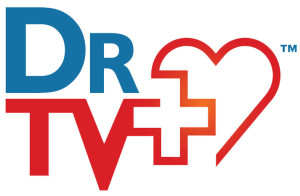It claims a life every three to four minutes, making it one of the leading causes of death in the United States.
The culprit: COPD, or chronic obstructive pulmonary disease.
Nationwide, more than 16 million people have been diagnosed with this debilitating lung disease, also known as emphysema or chronic bronchitis. But millions of others likely have COPD and don’t know it, as symptoms develop slowly and worsen over time.
Shortness of breath, chronic coughing, wheezing and excess mucus—all can make even the most mundane tasks difficult, yet many people think these are just normal symptoms of aging or being out of shape.
So, what are the chances you have COPD? Smoking, research has long shown, is the main risk factor for the disease. Some 75 percent of people who have COPD smoke or once smoked. But long-term exposure to lung irritants such as secondhand smoke, air pollution, and chemical fumes and dust—from both the environment and workplace—can be a risk factor, too. In some cases, genetics can play a role.
The good news is COPD is highly treatable and manageable. The bad news is, due to the slow progression of the disease, Americans often delay seeking help until the problem is severe, which can lead to serious, long-term disability.
The National Heart, Lung, and Blood Institute (NHLBI), together with federal and nonfederal partners, has developed the COPD National Action Plan, the first-ever blueprint for collective action to reduce the burden of the disease.
With the action plan as a guide, NHLBI is working across the country to encourage earlier recognition of the disease. But it is giving particular attention to rural areas, where the disease is especially prevalent.
According to the Centers for Disease Control and Prevention, COPD is almost twice as likely to affect people living in rural communities than in urban ones. Because of this disparity, NHLBI is taking special steps to help rural residents get the advice it wants everyone to follow: learn the signs and symptoms of COPD, and if breathing issues are impacting even the most basic daily everyday tasks, see a health care professional, such as a primary care provider, nurse practitioner or other specialist. With a diagnosis and the proper treatment, people with COPD can learn to ably manage their condition.
For more information about COPD and resources, visit NHLBI’s COPD Learn More Breathe Better program at COPD.nhlbi.nih.gov.
Talk to a health care professional as soon as breathing problems occur.
-Statepoint




